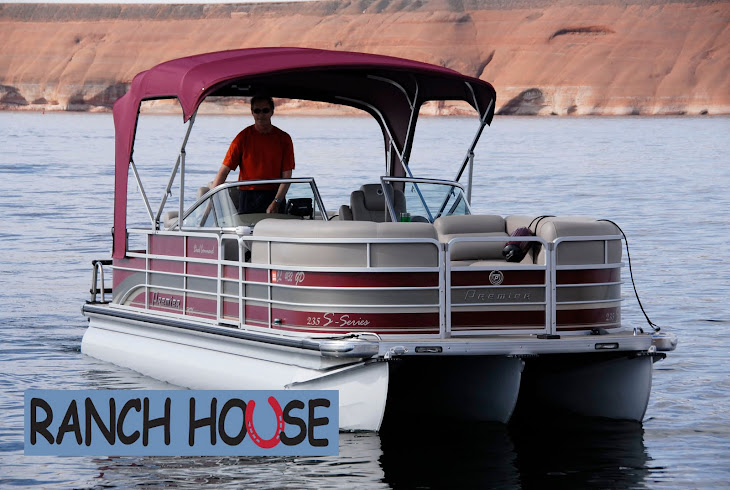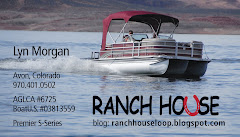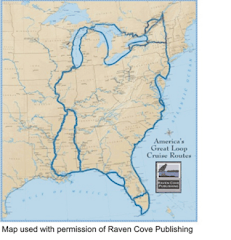

It so happened I had stopped at the Oswego Marina for the night and it's located next to St. Peter's Outfitter, Boating and Fishing Service Center. Captain Chris Misciagna is the owner. He contacted Bernie who can lift boats out of the water with straps and, long story short, the center pontoon was nearly full of water - when we got the boat out of the water it drained from a 7" crack just in front of the forward weld and also from the drain hole in the rear after we removed the plug - it was still draining from both 2 hours later!! We estimated I had been pushing an extra 2,000 or more pounds of load around. Of course these things always happen late on a Friday afternoon. Chris pulled together his team for first thing Saturday including an aluminum welder. Greg, the technician, would also do the 100-hour service on the engine while we had the boat out. By Saturday afternoon we had the boat back in the water ready for me to go across Lake Ontario Sunday morning.
So, I want to thank Captain Chris, owner of St. Peter's Outfitter in Oswego, N.Y., Greg and Bernie for getting the job done on a weekend and me back on my way tomorrow.

















